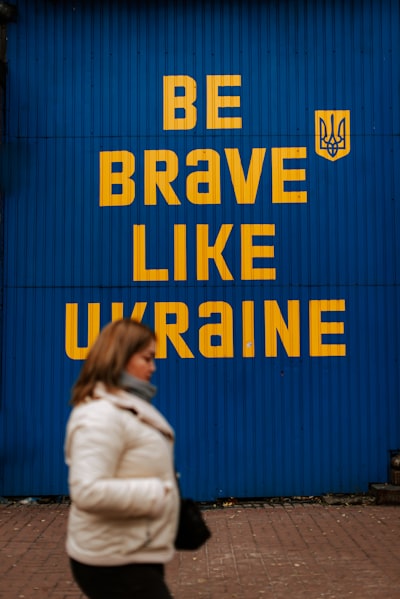Could Vladimir Putin Target More Than Ukraine? Examining Global Fears After Trump’s Warning
As global tensions simmer over Russia’s ongoing war in Ukraine, comments from former U.S. President Donald Trump stating that “‘It’s possible’ Putin will invade more than Ukraine” have triggered a surge of concern—and search traffic—over the prospect of wider Russian aggression. What countries might be at risk? How is NATO preparing? What historical and current trends give weight to these fears?
Russia’s Military Ambitions: A Look at Current Trends
Russia’s invasion of Ukraine in 2022 marked the largest military assault in Europe since World War II. Recent events—missile strikes, territorial claims, controversial referendums—suggest the Kremlin’s ambitions might not end at Ukrainian borders. Observers continue to monitor Russian troop movement near NATO’s eastern flank and increased activity in regions like Moldova’s Transnistria, the Baltics, and the Arctic.
Key search terms:
- Will Russia invade other countries?
- Putin next country to invade
- Russian threats to Baltic states
- NATO response to Russian aggression
Countries at Risk: Who’s Worried and Why?
Several nations, especially Russia’s neighbors, feel increasingly vulnerable:
- Baltic States (Estonia, Latvia, Lithuania): NATO members, but frequently highlighted by analysts as potential targets due to their strategic location and Russian-speaking minorities.
- Moldova (Transnistria): A Russian-backed breakaway region means Moldova remains at risk of destabilization.
- Poland, Finland, and Sweden: Poland is on the frontlines of NATO’s defense, while Finland and Sweden have accelerated NATO membership in response to Russia’s actions.
NATO Preparedness and Western Response
NATO has significantly bolstered its eastern presence, with more troops and military exercises along Russian borders. Recent G7 summits and EU defense initiatives focus on limiting Moscow’s ability to threaten its neighbors.
- Increased troop levels in Poland and the Baltics
- Joint air defense drills
- Expanded military aid to at-risk neighbors
What Drives Russian Expansionism?
Commonly searched questions include: Why does Putin want to expand Russia? and What are Russia’s foreign policy goals?
Factors include:
- Security buffer zones protecting the Russian homeland
- Reasserting influence over the former Soviet space
- Weakening Western unity
What Can Individuals and Governments Do?
- Support organizations aiding Ukrainian and Eastern European civil society
- Stay informed from credible news sources (BBC, NATO)
FAQ: Frequently Asked Questions
Is Russia likely to attack a NATO country? While direct attack remains unlikely due to NATO’s security guarantees, hybrid threats—cyberattacks, disinformation, border provocations—are a concern.
Are there signs Russia will invade another country soon? No confirmed signs, but increased military activity and aggressive rhetoric warrant vigilance.
How would NATO respond to further Russian aggression? Under Article 5, an attack on one NATO member is considered an attack on all; prompt military response would be likely.
Conclusion: Staying Vigilant in a Volatile World
Putin’s next moves remain a matter of intense speculation among experts, politicians, and ordinary citizens alike. As the war in Ukraine rages and rhetoric heats up, the world must weigh warning signs, reinforce alliances, and continue searching for diplomatic solutions.
This article was inspired by the headline: ''It's possible' Putin will invade more than Ukraine, says Donald Trump'.

Comments
No comments yet. Be the first to comment!